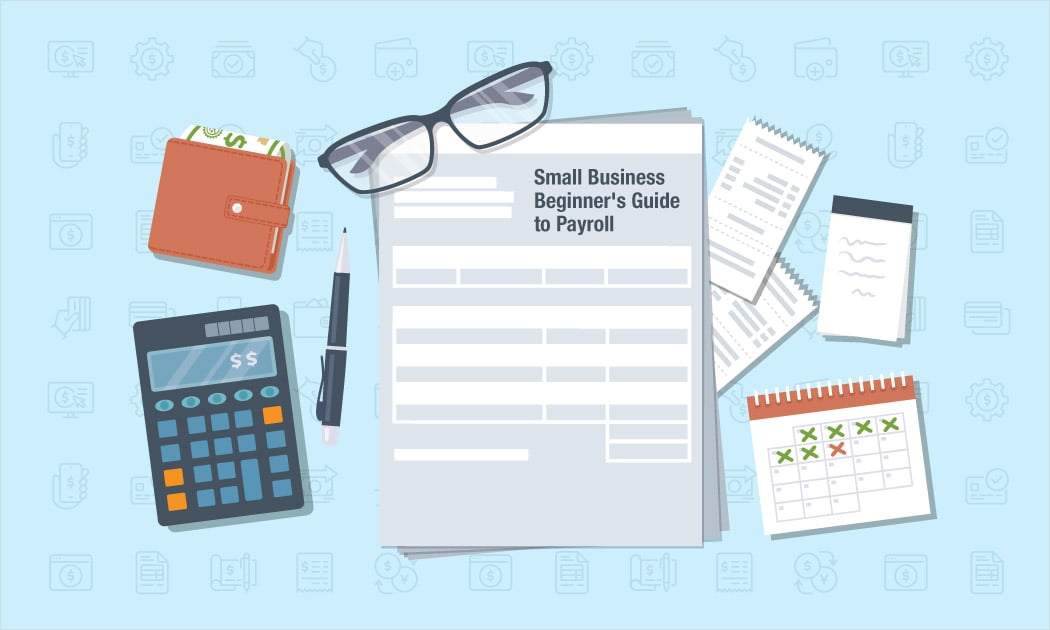The Payroll Blog
News, tips, and advice for small business owners
- Home
- Resources
- Payroll Blog
- Biweekly vs. Monthly Payroll: What You Need to Know
Comparing Weekly, Bi-Weekly, and Monthly Payroll Schedules
Setting up payroll for the first time? Here’s what you need to know about the differences between biweekly and monthly payroll. There are a few steps that go into getting payroll up and running for your small business. One of those important steps requires you to choose a payroll schedule that will determine when your employees will get paid.

While there isn’t a typical payroll schedule most businesses run payroll weekly, biweekly, semi-monthly, or monthly. Whether you get to choose your payroll schedule, or the state decides for you, you’ll want to fully understand how the pay period will work for your business and employees.
Understanding Biweekly Payroll
Out of the four schedules, biweekly is one of the most common payroll schedules. Under a biweekly schedule, employees receive 26 paychecks per year, and in most cases, they are paid twice a month. It’s important to note there are a few months where employees will receive three checks when following this type of schedule.
The reason why this is such a common schedule to follow is that it’s easy for both employers and employees to plan around. A biweekly pay period means employees are paid on the same day of the week. This means every other week, with Friday being a typical payday. This structure helps employees know exactly when they will be paid, compared to a semi-monthly schedule when payday tends to vary.
As a small business owner, biweekly payroll may be favored over weekly payroll because it results in less time processing payroll each month. With that extra time, you can focus on other areas of your business instead of setting aside time for payroll every week.
Understanding Monthly Payroll
While monthly payroll isn’t as common, it may be the schedule you need to implement at your business. Once a month, on the same day each month, your employees will receive a paycheck. The nice part about monthly payroll is it requires little work since you’re only processing payroll once a month.
Even though it’s less time throughout the month, you can save yourself headaches by staying organized and keeping track of timecards. A lot can happen in a month and it may be easy to forget who took a vacation day or sick time. While monthly payroll is easy for business owners, it’s not the ideal payment method for employees because it can make budgeting much harder when they only receive one check a month.
Bottom Line
Remember that payroll is something that will vary by business, and while there are four schedules to use, there is no typical payroll schedule for all small businesses. It’s important to understand the pros and cons and differences between payroll schedules if you get to choose the schedule for your small business.
Always remember to check in with your state requirements to keep your business compliant and employees paid accurately and on time. If managing payroll ever becomes too much, an online payroll provider or accountant can help you out.
Related Blog Posts
View Our Plans and Pricing
Small Business Is Our Business.
This website contains articles posted for informational and educational value. SurePayroll is not responsible for information contained within any of these materials. Any opinions expressed within materials are not necessarily the opinion of, or supported by, SurePayroll. The information in these materials should not be considered legal or accounting advice, and it should not substitute for legal, accounting, and other professional advice where the facts and circumstances warrant. If you require legal or accounting advice or need other professional assistance, you should always consult your licensed attorney, accountant or other tax professional to discuss your particular facts, circumstances and business needs.



